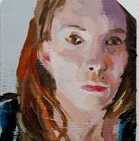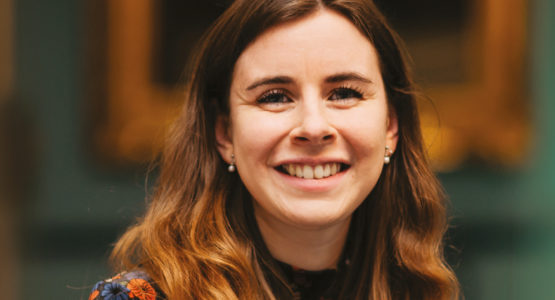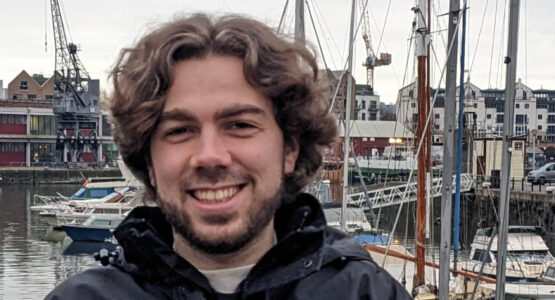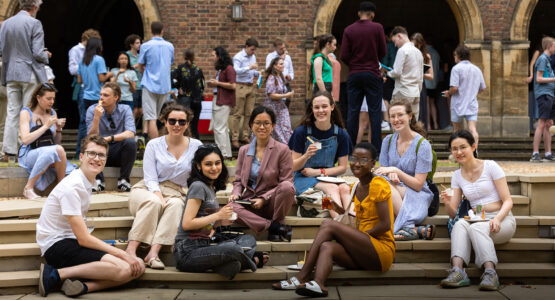Johnian magazine issue 51, autumn 2023
Feature: illustrating in the age of AI
Imogen Slater (1995) studied Philosophy and History of Art at St John’s from 1995–98, then went on to do an MFA in painting in New York. Having worked with Apple, Marie Claire, Tatler and The Independent, and for bars and restaurants around the globe, she now designs for VR studios and education such as AntiArt School. You can see her work on her website imogenslater.com. In this article she talks about the impact of AI on the art world.
A painter once told me, ‘Know before you begin that art will always be the first thing to be dropped – right at the bottom as the most expensive, least useful item on the global wishlist. Hardly anyone will buy your work on a good day, let alone a bad one’. What he could not know was that this would hold true for the robots. They came for the artists first.
When I started, the accepted wisdom was to haul your portfolio around talent agencies, each ‘tearsheet’ carefully ringbound in pockets so nobody’s fingertips got smudged with ink. I also spent many hours presenting 35mm slides to fulfil requirements – even in 2005, the internet was already yielding work despite images taking forever to load in horizontal bars… A tantalising reveal I miss compared to endless scroll!
In fact I was inadvertently making deepfakes in the 1990s; at St John’s a friend introduced me to ‘this program Photoshop’, which seemed to exist so that I could insert my New Court roommate into the iconic Star Wars bun hairstyle for her birthday card, alongside her favourite actor. At the time this was such a novelty – and also a mission – printing, scanning, photoshopping, re-printing. Years later I am now singing her birthday video message as Chris Martin with face-swapping AI. I think she appreciates the seconds of effort this takes. There’s an app for voice replacement too, but I’d like to keep her as a friend.
The biggest thing to happen to my job since that time was a stylus and tablet. In 2021–22 AI entered the studio, but its work had a tell-tale signature of random lines and ‘artefacts’. Now in late 2023 that has already turned upside down.
Artists have always used tools and shortcuts. If I recall anything from History of Art at Cambridge it is Caravaggio’s possible ‘black box’ and Michelangelo’s early stencils. Artists still needed to pick up another tool, whether a brush or a stylus, and spend hours using it. To see the results of Dall-E and Midjourney remove that time investment was truly shocking. In a few seconds, you can generate something that would have taken me (and far better artists) hours if not days. This was not a ‘robots will take your job’ moment, this was a complete reframing of the creative process. Just as the hype said – a seismic shift.
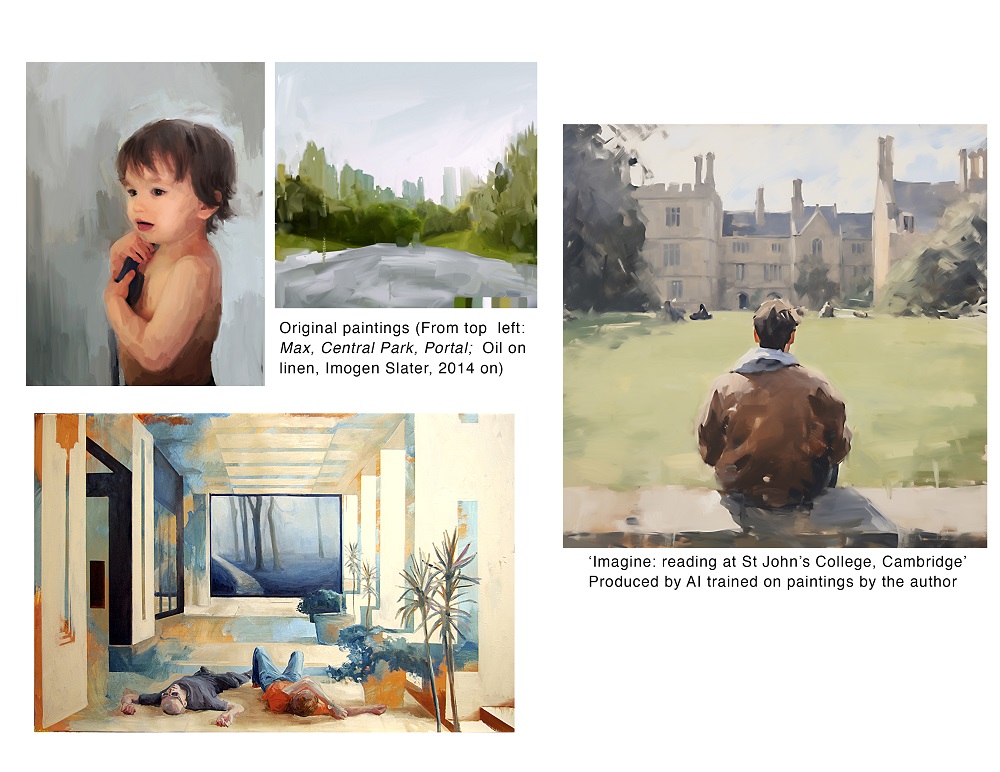
Limitations do exist. There is no one AI tool that will do everything… yet. For example, it couldn’t do the layout of this article, but the pace of change means that by the time this is published it will likely be out of date. This time last year, I would have said everything needed retouching, and now there are no ‘artefacts’. Some visual arts, technical drawing for example, are so specific as to remain safe. If you have an image in your head, it is almost impossible to have it replicated – until they hook us up together of course! Midjourney cannot spell and has notoriously struggled with hands.

Here’s an example of the rabbit hole you can go down. I uploaded my own drawing (above, image #1) from life for AI to reimagine. I forgot to add ‘drawing’ to my prompt, so it has been regenerated back into a photo with AI (#2). You can already see the Addams-esque hand appearing. I re-rolled it to create a drawing variation (#3) and again with the hand. This version reminded me of Lady Agnew of Lochnaw so I re-rolled again including the words ‘John Singer Sargent painting’. (Result: Sargent has my loyalty).
I love that hands are just as hard for the AI to reproduce as they always have been for artists. Flaws in the results are equally interesting because of the data it’s been given. It can only work with what it was given to train on. Although the content filter will try to tell you otherwise, I read that this is because the very first images leant heavily towards the dark side, the violent and the adult, due to the diet of images the AI had been fed. (This says a lot about our cultural visual history!). The content filters are bots as well, and many words are blacklisted. Many artists have been so outraged by the use of their work for ‘training’ that they are now suing AI image generators. I fully understand their position, although art has been the ultimate cannibal for time eternal and I have come across so many instances of copyright theft just through digitisation that I have had to develop a ‘pick your battle’ attitude with it.
Photoshopping used to take a bit of effort. Now the ease of deepfakes is obviously a problem because of the political impact that images can have, as with Homeless Trump, and the Pope in Balenciaga. There is a dark and light side to everything. I don’t believe AI will fully replace designers, but the speed of generating ideas, drafts and assets will increase their workflow and, with it, expectations. To me the issue will remain the quality and the levels of customisation it’s reasonable to request. If you have a vague idea for a picture, you can replace someone like me with a tool such as Stable Doodle and watch a stickman converted into a print-worthy illustration. Your child’s drawing can be reimagined as a Pixar character with no trouble (except for copyright).
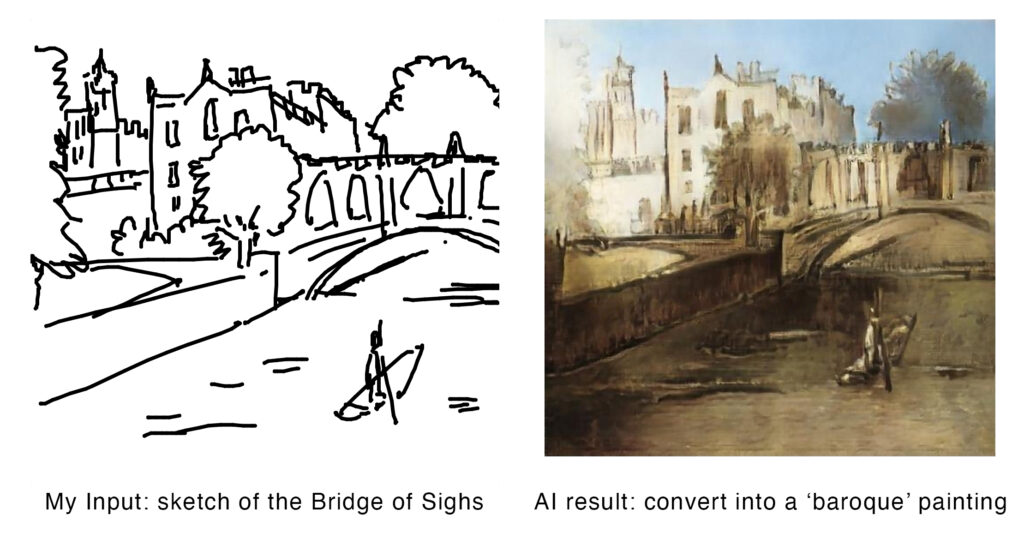
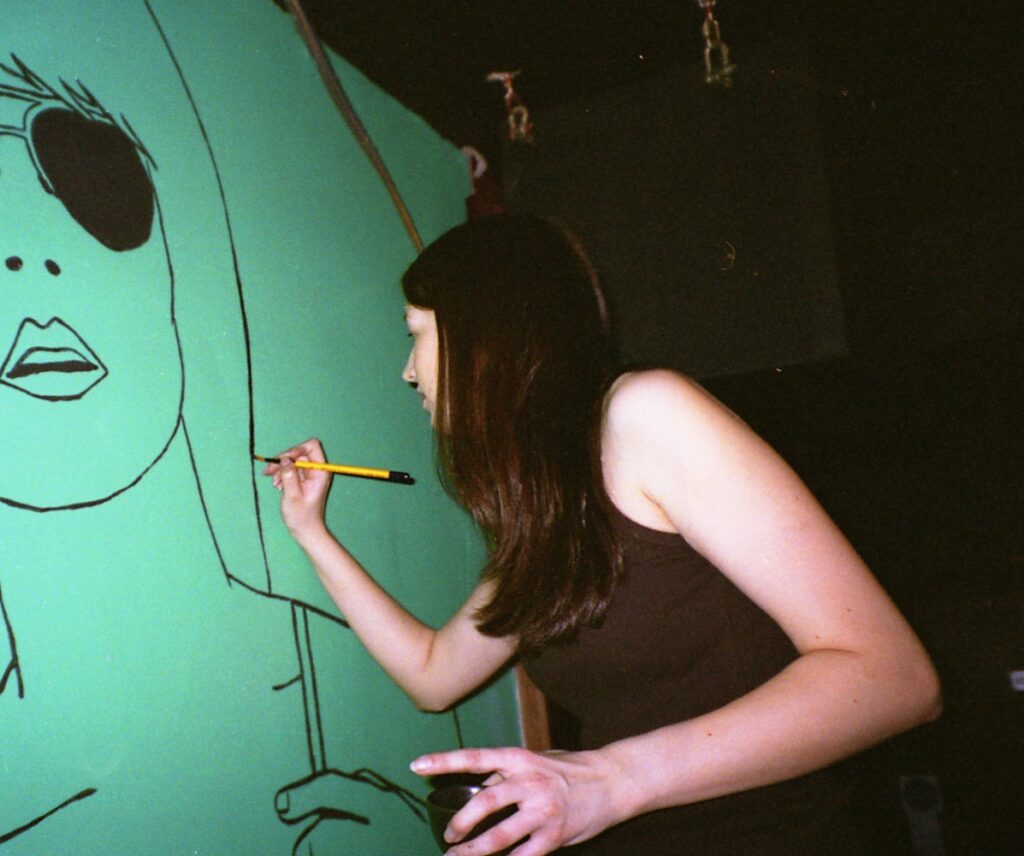
Stock image sales have plummeted in the last year as a result. The contrarian view would be to pick up craft again – the tangible things at the opposite end of the scale that take a really long time, involve skillful handiwork and age-old technology. Sales of pattern designs for textiles and wallpaper (which had relatively high license fees as they required more skill and software to add the seamless element) fell sharply in the last year too. ‘Deskilled’ is a word we have heard a lot, alongside ‘but it can’t be art’. Reader, I’ve heard all this before. While I was up a ladder painting over my lines for a 60ft mural for a public commission, a small committee didn’t realise the acoustics of the corridor as they passed through with their judgement, ‘that’s cheating – it’s not art, it’s tracing!’
Then, as the costs of lasers and printing came down, I could come down from the ladder to simply press ‘print to vinyl’ for anyone willing to remove a backing sheet. We all roll with the punches. The figurative painter Steven Assael teaches that the portrait painter should be an editor of life and that that is in fact where the art (skill) lies: to edit in favour of beauty. With this in mind, it keeps the AI framed as a tool, whether working for a patron’s mural, client’s logo or friend’s birthday gesture.
Other art-for-everyone tools include ‘inpainting’ (removing the photobomber from your holiday photos) and ‘outpainting’ (expanding the canvas), which with a painting as familiar as Girl with a Pearl Earring, is captivating when you first see it. Practically, this is the most useful thing for a designer, constantly faced with reformatting and revisions. To have such speed as I myself become slower — I knew I did not want to be up ladders painting corridors forever — is a gift. It was no Sistine Chapel, but it certainly needed stamina. A knowledge of History of Art is very useful to ‘engineer’ your prompt quickly with art styles and artists (out of copyright, of course). There is also new vocabulary: inpainting, prompt engineering, even the word ‘model’ means something new. This is invigorating.
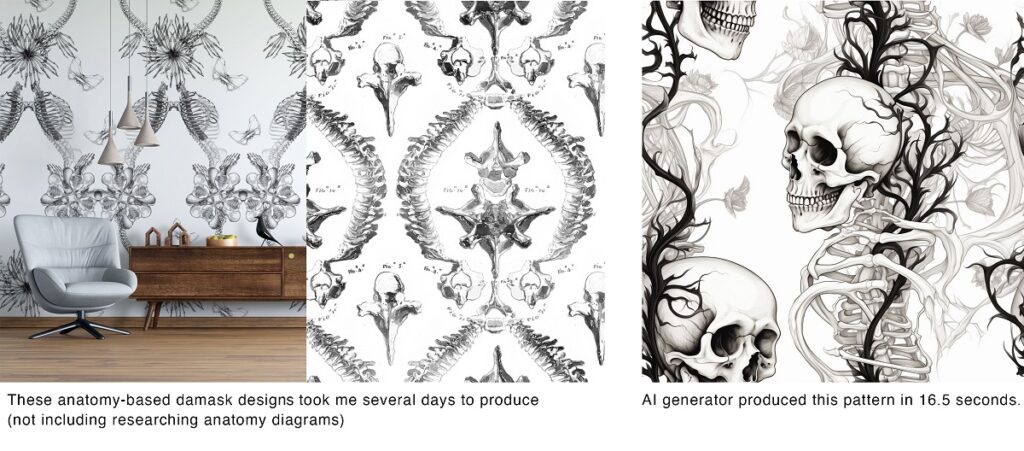
There never was a formal art degree at Cambridge and I used to lament this fact. Now I see it was forward thinking. Studies make clear the particularly human benefits of connecting hand to brain through pen on paper, and it can be a meditation, the need for which is not going away anytime soon. I didn’t use AI at all to write this article – I enjoy writing too much. Children don’t get as much smudged ink on their fingertips as they used to, but they do get the pure visual enjoyment of bringing a stickman to ‘life’ in seconds, and as all tools evolve, my friend should probably brace herself for whatever birthday messages they allow me to make next.
Written by
Imogen studied History of Art at St John’s from 1995–98, before pursuing an MFA in painting in New York. She is a professional illustrator who has been commissioned by Apple, Marie Claire, Tatler and The Independent. She is currently designing for VR studios and education.


